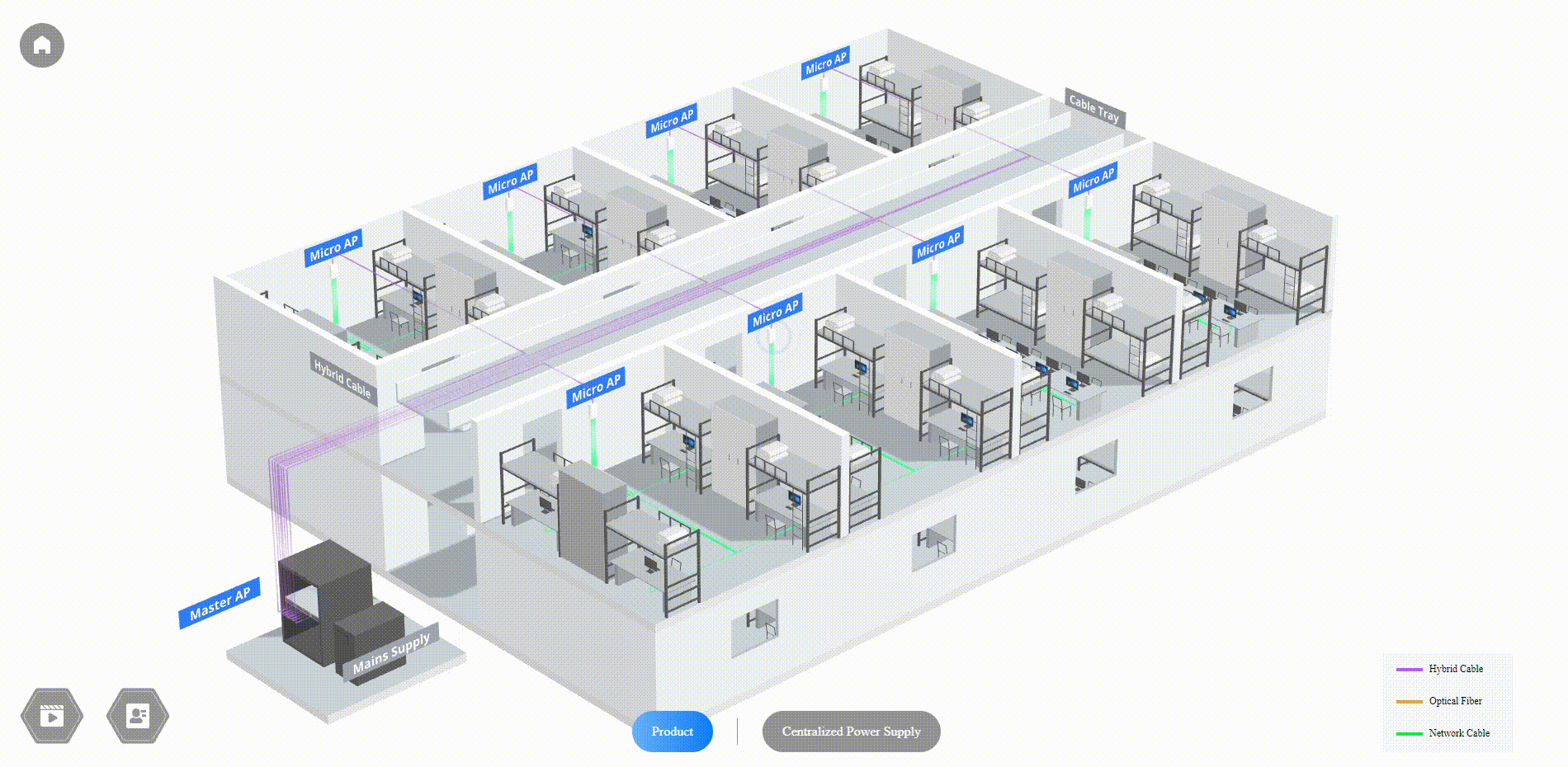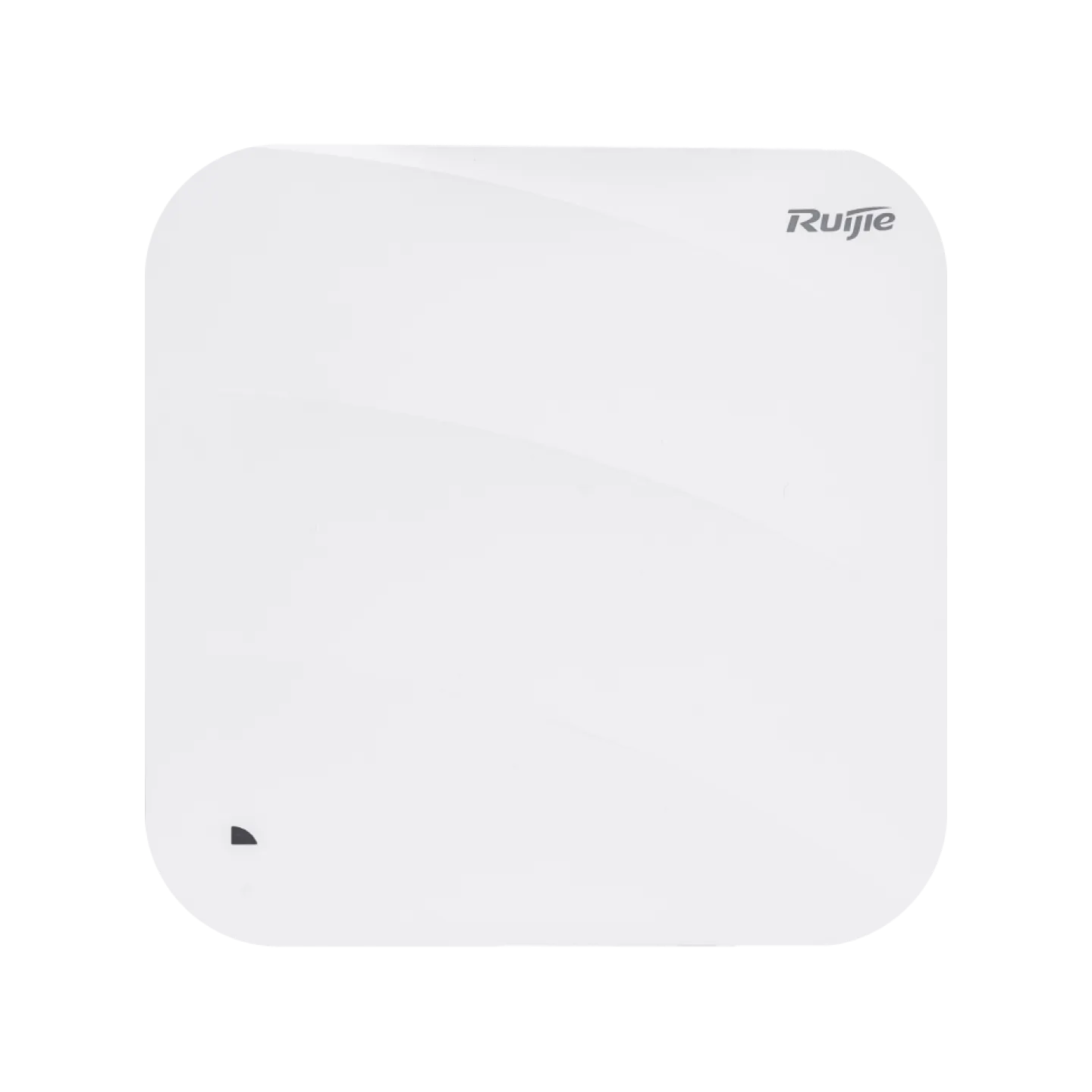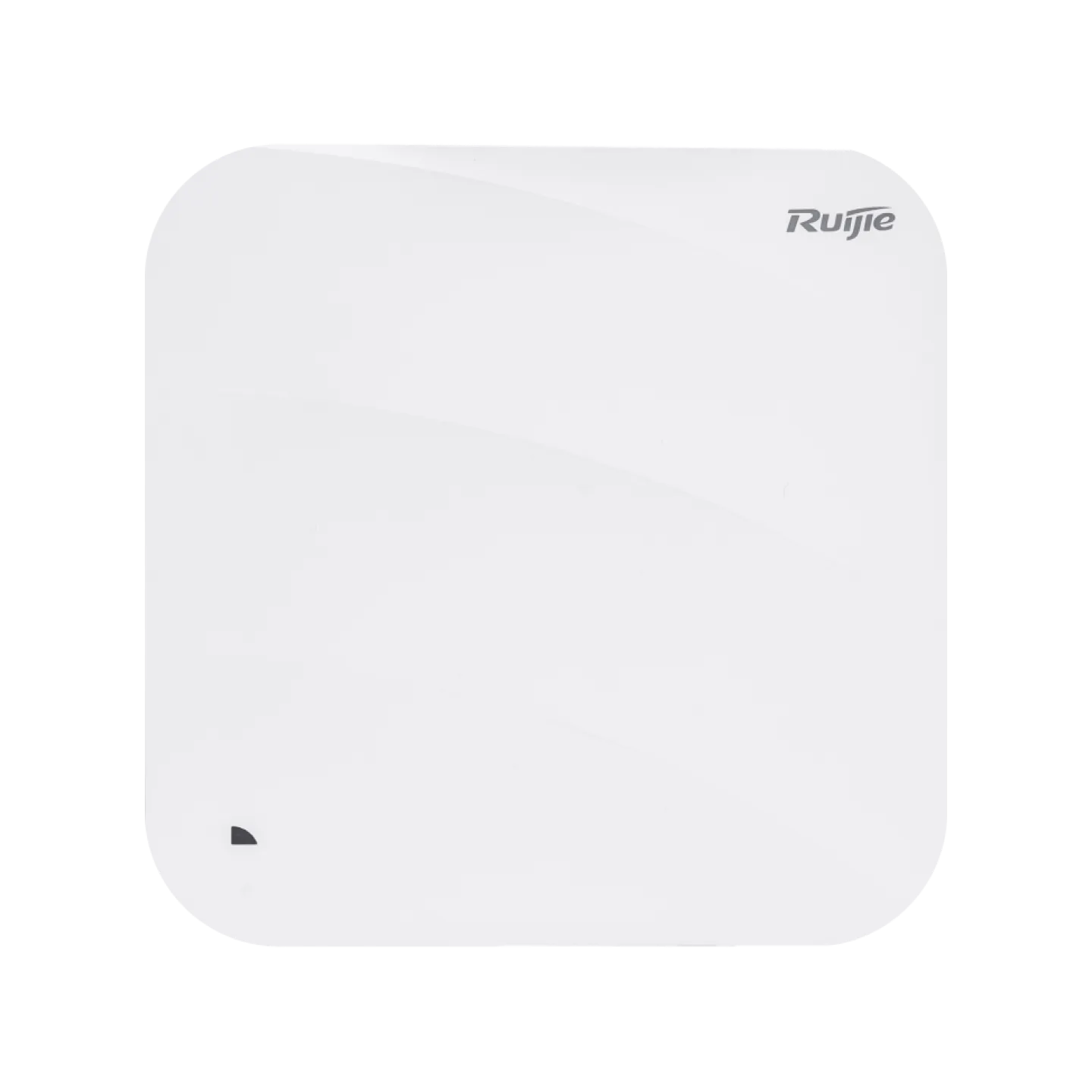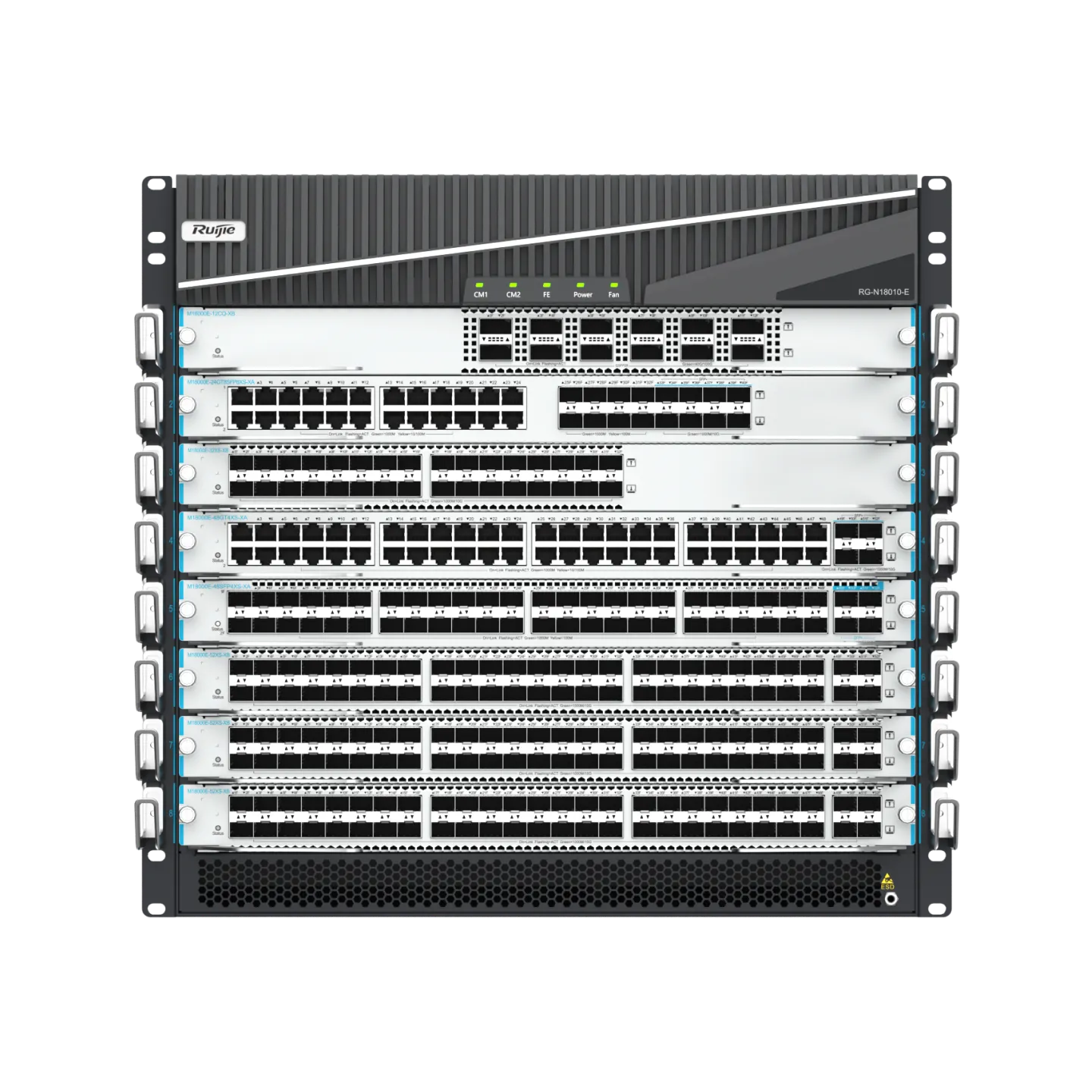Abstract:
The higher education landscape is undergoing a rapid digital transformation, driven by the relentless pace of technological innovation. At the heart of this revolution lies the Smart Campus, where a fully connected infrastructure empowers seamless learning, streamlined operations, and future-proof scalability. This article explores the key trends shaping educational technology and university AP solutions, highlighting the limitations of traditional approaches and advocating for Ruijie's innovative Simplified Optical Ethernet Solution (SOE) solution.
Traditional university AP solutions like Ethernet and PON struggle to achieve the ideal educational technology environment envisioned by modern institutions. Ruijie Networks' revolutionary Simplified Optical Ethernet Solution 3.0 (SOE) overcomes these limitations with its groundbreaking Coarse Wavelength Division Multiplexing (CWDM) technology, setting new standards for university AP network efficiency. By optimizing each fiber's utility, SOE offers cost-effective scalability and simplified operations, crucial for managing complex educational technology deployments.
Trends of Smart Campus Infrastructure
The higher education landscape is undergoing a transformative shift, driven by rapid technological innovation. With 20+ years of history and innovation in education, Ruijie Networks has pioneered solutions that pave the way for today’s Smart Campus. This vision centers on a fully connected infrastructure that enables smart learning, simplifies operations, and ensures future scalability. Four key pillars support this evolution:
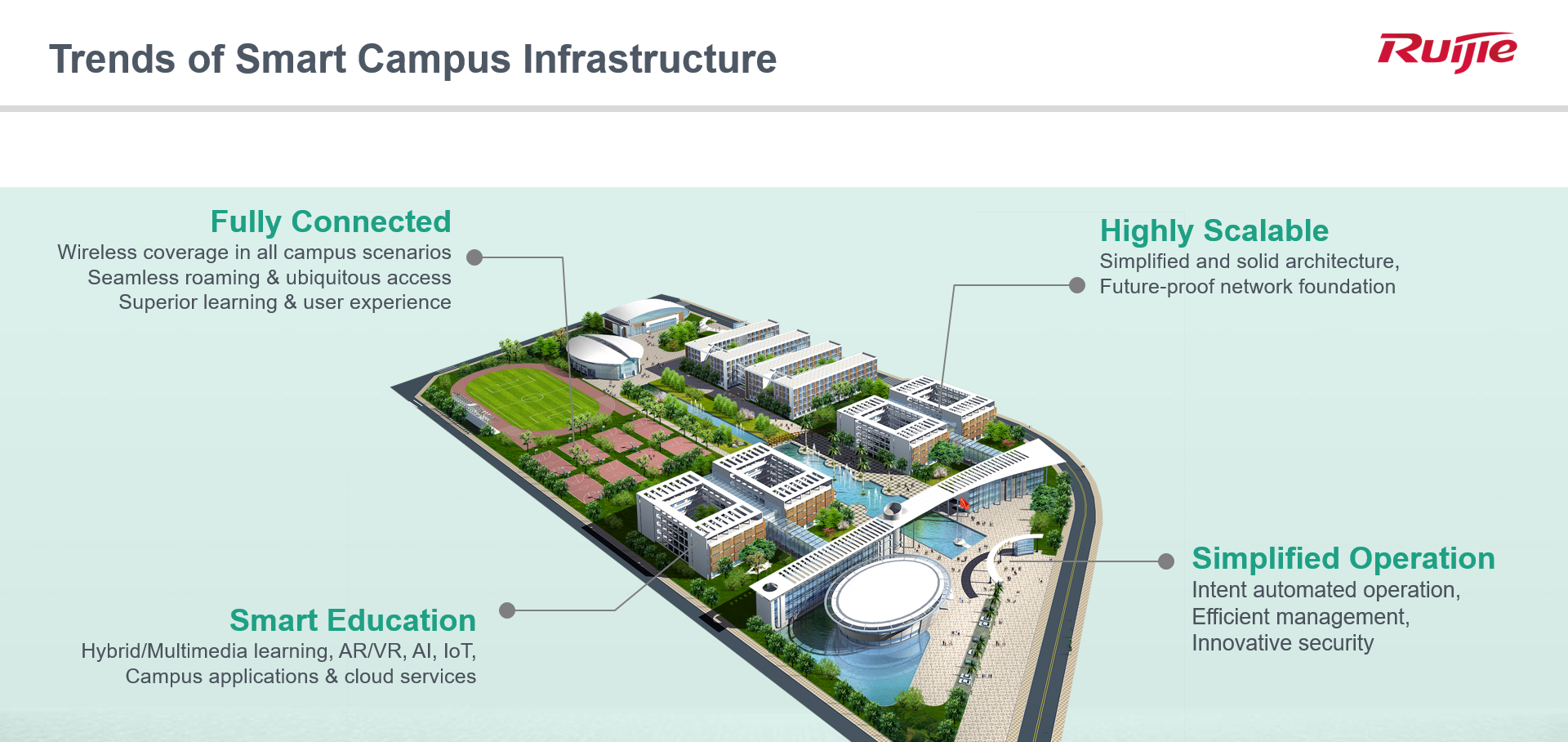
1. Fully Connected: The future of higher education network solutions is being fully connected. This encompasses wireless coverage across all campus scenarios, ensuring that students and faculty experience seamless roaming and ubiquitous access to the network. The emphasis here is not only on connectivity but also on fostering superior learning and user experience. A modern educational network should transcend traditional boundaries, providing a digital environment that supports the dynamic needs of today's learners.
2. Simplified Operation: Educational institutions are seeking network solutions that offer automated operations, efficient management, and high-security standards. The complexity of network administration should be minimized to allow for streamlined processes, ultimately contributing to a more agile and responsive educational environment.
3. Highly Scalable: The demand for highly scalable university AP solutions is on the rise. Institutions require a simplified and solid architecture that serves as a future-proof foundation for their network. This scalability ensures that the network can adapt to evolving technological requirements, providing a resilient infrastructure that can support the continuous growth of educational technology.
4. Smart Education: Shaping the landscape of smart education is the integration of advanced technologies, which by nature have higher bandwidth demands for rich content delivery yet require lower latency for real-time interaction. A university AP network solution should support hybrid and multimedia learning, augmented and virtual reality (AR/VR), artificial intelligence (AI), and the Internet of Things (IoT). Additionally, it should seamlessly integrate campus applications and cloud services, fostering an environment where technology enhances the educational experience.
Smart Campus Network Solutions Comparison
In the quest for an ideal educational technology network solution for Smart Campus, it is crucial to examine the drawbacks associated with traditional Ethernet and PON (Passive Optical Network) networks, two prominent contenders in the connectivity realm.
- Drawbacks of traditional Ethernet solution: Traditional Ethernet networks, characterized by their reliance on copper cabling, pose several challenges in the modern educational landscape. One primary limitation is the inability to achieve a passive ELV (Extra Low Voltage) room. Despite advancements, these networks still necessitate an ELV room on each floor, leading to an abundance of massive cables and occupied cable trays. The resulting infrastructure not only adds complexity to the network but also makes Operations and Maintenance (O&M) a cumbersome task.
- Drawbacks of PON solution:
While PON is a common all-optical network solution, it presents several challenges:
Maintenance complexity: PON utilizes horizontal cabling throughout buildings, which can complicate maintenance within Floor ELV rooms.
The use of optical splitters in PON infrastructure restricts bandwidth and introduces latency. This limitation becomes particularly significant after splitting the signal, making it unsuitable for bandwidth-intensive applications used in modern teaching environments. Splitting the signal with a 10G standard often results in insufficient shared bandwidth for educational needs.
Scalability limitations: Currently, commercially available PON solutions typically only support up to 10G standards. With the evolution of protocols towards 50G standards and beyond, the future development direction for traditional PON remains unclear. This can limit the scalability of the network for future growth.
Limited Application: Due to these limitations, PON is typically only implemented on a small scale in the access layer of campus networks. Additionally, some PON solutions rely on proprietary protocols specific to vendors, further restricting their use to access layers and limiting interoperability.
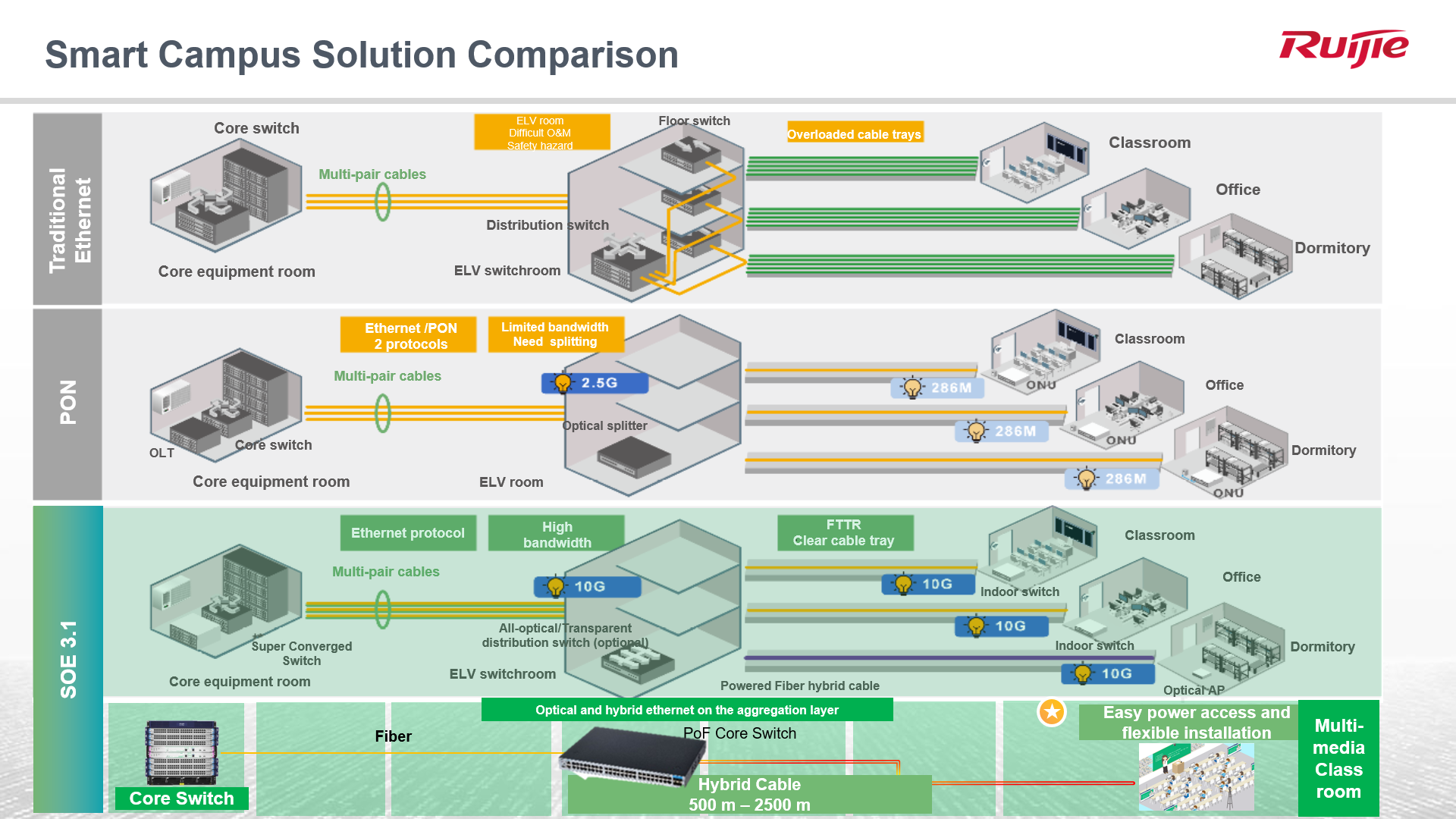
Smart Campus Network Solutions
In the realm of cutting-edge smart campus network solutions, the Simplified Optical Ethernet Solution 3.0 (SOE solution) by Ruijie Networks stands out, introducing a transformative approach with advanced Coarse Wavelength Division Multiplexing (CWDM) technology. This revolutionary system surpasses traditional PON solutions with a 1:8 split ratio by providing unmatched 1:1 dedicated bandwidth, redefining network efficiency standards in educational environments.
The advent of the CWDM era signifies a significant breakthrough. The bandwidth with the least transmission loss is divided into 16 channels spaced by 20 nm each. This strategic division allows for the transmission of various service signals through a single optical fiber, significantly boosting transmission efficiency by a remarkable eightfold. Here's the magic behind CWDM: The CWDM technology operates like a highway with multiple lanes. Each lane, or channel, uses a distinct wavelength of light, ensuring the signals don't interfere with each other – much like vehicles traveling in their own lanes on a highway. This ensures that the bandwidth doesn't decay over the transmission distance, unlike traditional solutions that use splitters.
By integrating CWDM technology, SOE solution optimizes each optical fiber's utility, facilitating the simultaneous transmission of multiple service signals. This not only enhances transmission efficiency but also minimizes cabling costs between the main equipment room and individual buildings. The result is a sophisticated network infrastructure that not only provides dedicated bandwidth but also ensures cost-effectiveness and streamlined connectivity. This solution emerges as a transformative option, offering educational institutions an innovative and efficient solution for their evolving network needs.
The SOE solution leverages Ruijie's transparent distribution devices throughout the all-optical network. These passive devices simplify maintenance within ELV rooms and reside between the core switch and endpoints. While they contain built-in passive components like filters, these devices don't require external power for operation.
Advancing Campus Connectivity with SOE Solution Deployment
Deploying Ruijie's SOE solution across campus scenarios significantly enhances the university AP infrastructure and empowers educational technology integration, meeting the visions of a Smart Campus network infrastructure. Here's how:
1. The solution introduces a passive connection approach between each building and the floor ELV room. This aggregation layer leverages passive devices, eliminating the need for dedicated equipment rooms and associated power supplies. Consequently, this approach minimizes the risk of power-related failures and reduces operation and maintenance (O&M) efforts.
2. Transparent distribution devices, now upgraded at the building side, offer eight ports with module combinations, supporting optical splitters for uplink redundancy and VSU technology for improved uplink reliability.
3. The access layer sees the deployment of new and upgraded SOE access switches, meeting the bandwidth demands of classrooms with the ultra-high transmission performance of optical fibers and CWDM technology.
4. In diverse scenarios like training rooms and offices, the RG-SF series access switches demonstrate flexibility in supporting varying numbers of end devices without additional cabling, optimizing the performance of downlink WiFi 6 devices.
5. Scaling the network is simplified – adding more indoor access terminals or increasing primary link bandwidth involves straightforward replacements without the need for extensive cable rerouting or additional investments.
6. With SDN management technology enabling intelligent zero-touch provisioning. This empowers system administrators to remotely diagnose and locate faults within optical links directly through the SDN platform. This eliminates the need for manual troubleshooting, significantly streamlining network management for the Internet of Things (IoT) and service chains.
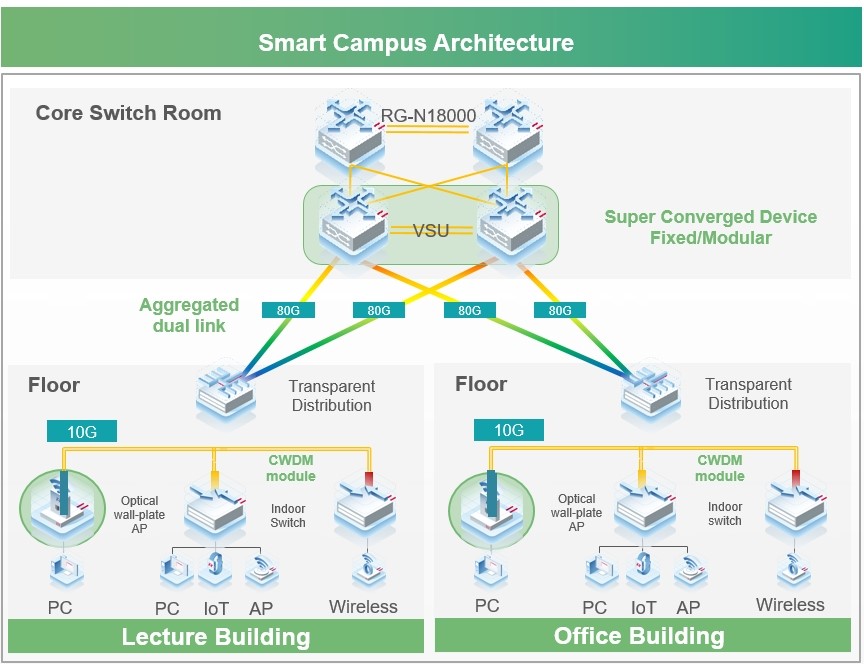
Deploying SOE Solution in Smart Campus Scenarios: Enhancing Efficiency and Adaptability
Higher education network modernization in the dynamic landscape of higher education, where traditional network vendors often offer one-size-fits-all solutions across various industries, Ruijie stands out by providing tailored solutions specifically designed for the unique needs of the higher education sector. Ruijie not only emphasizes an all-optical architecture for smart campus development but also accelerates innovation through swift iterations on basic network architecture-related requirements, offering breakthroughs in unified authentication and scenario-specific solutions that cater to the evolving demands of educational institutions.
Smart Classroom
High Performance and Scalability: In the realm of Smart Classrooms, the application of SOE solution introduces a paradigm shift in performance and scalability. Traditional solutions necessitate the connection of new network cables from switches in the ELV room when integrating new terminals, leading to complex coordination, high construction costs, and extended implementation periods.
However, with this solution, adding a new service terminal is simplified – just connect it to the switch in the classroom. This approach not only reduces indoor cabling needs but also lowers construction costs, shortens implementation periods, and facilitates the swift onboarding of new services.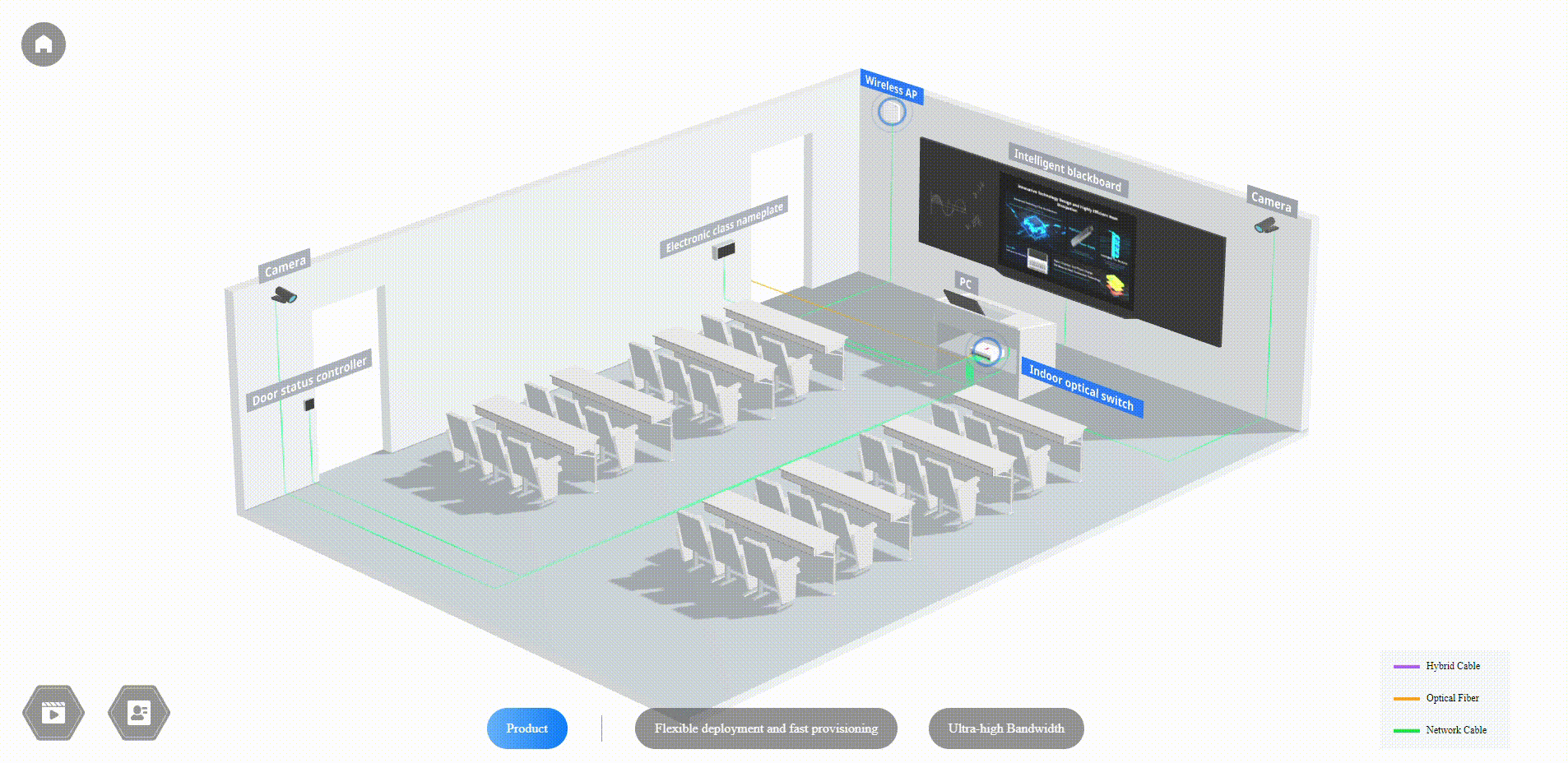
How much is it saved when converting a regular classroom into a standard test room?
In the scenario of transforming a common classroom into a standard test room with the addition of two cameras and one shielding device, traditional solutions typically require an average of 80 meters of network cables for each terminal, with an estimated duration of 3 days.
The SOE solution, on the other hand, significantly optimizes this process. Utilizing indoor cabling, only an average of 10 meters of network cable is required to connect each terminal, reducing the installation time to just 1 day. This illustrates how the solution streamlines deployment, ensuring efficiency and adaptability in diverse campus scenarios.
Office
Scenario-based solution, Flexible Office Deployment: In the context of higher education office scenarios, the traditional solutions where staff may independently add hubs or switches to extend the network, leading to potential loop issues and non-standardized configurations.
The SOE solution, in contrast, provides a streamlined alternative. This innovative solution involves deploying desktop switches in large offices and integrated optical wall-plate Access Points (APs) in smaller offices. The result is a fast and tidy construction process, with flexible installation options and built-in loop prevention mechanisms. This not only ensures a standardized university AP deployment for office scenarios but also facilitates the easy availability of sharing and printing services in the office environment.
Dormitory
FTTR for Exclusive Bandwidth: In dormitory connectivity, the traditional methods often result in low access speed, inadequate coverage, and network congestion.
SOE solution strategically deploys multiple master Access Points in ELV rooms, ensuring high bandwidth for the entire building, comprehensive service support, reliable power supply, and simplified management. This approach brings benefits such as a streamlined architecture with hybrid cables, facilitating green and sustainable practices, easy Operations and Maintenance (O&M), fast troubleshooting, and versatile ultra-long-distance Power over Ethernet (PoE) for scenario-based deployment.
Sport Court
Outdoor Sports Court: Traditional outdoor sports courts frequently encounter challenges with power supply, including limited access to power in outdoor areas, inadequate power supply distances, and the need for frequent cable replacement and rerouting.
In contrast, the SOE solution deploys PoF switches inside buildings, connected by hybrid cables, ensuring high bandwidth through optical links and allowing simultaneous data and power transmission. This solution offers various product models for seamless coverage, with tidy hybrid cables supporting dual functions and an all-optical connection for high-speed access and bandwidth, enhancing both efficiency and aesthetics in outdoor sports court connectivity.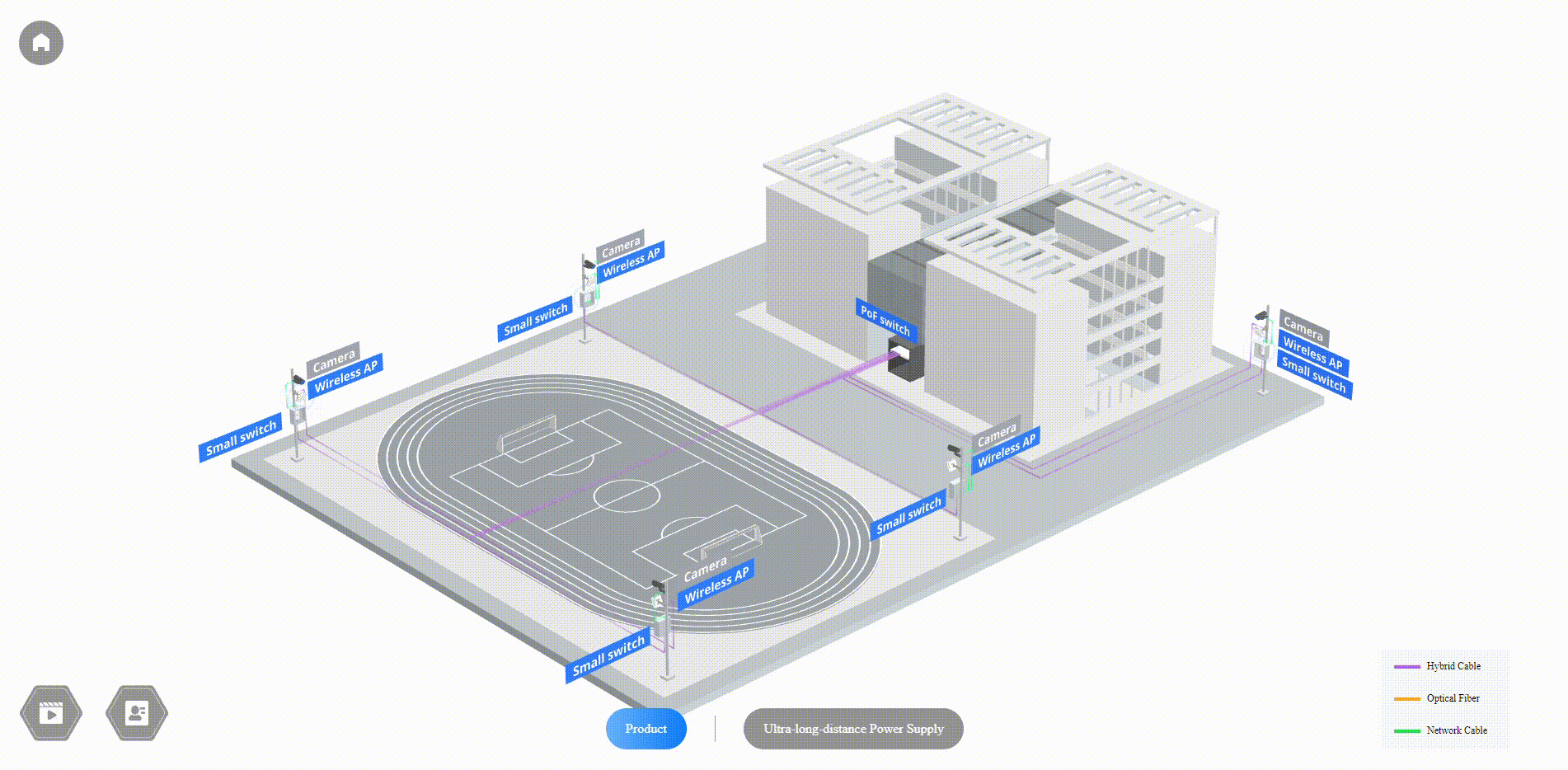
SOE Solution Adeptly Fulfills the Evolving Challenges in Educational Network Solutions
In summary, the SOE solution by Ruijie Networks adeptly addresses and successfully meets the dynamic challenges inherent in the realm of educational network solutions. This empowers higher education network modernization by providing solutions that are responsive to the evolving needs and complexities within educational environments.
1. Crafting a Fully Connected Campus Experience: The SOE solution enhances the campus experience by providing extensive wireless coverage, establishing seamless connectivity solutions for classrooms, and ensuring superior learning interactions. With seamless roaming and ubiquitous network access, students and faculty experience superior learning interactions. This solution goes beyond conventional boundaries, establishing a scalable, robust network that caters to the dynamic needs of today's learners, elevating the educational experience.
2. Empowering Educational Efficiency with Simplified Operations: The SOE solution offers streamlined and automated operations, efficient management, and ultra-high security, highlighting the benefits of cloud networking in education, allowing institutions to focus on enhancing learning experiences rather than navigating complex network processes.
3. Navigating Educational Growth with Highly Scalable Networks: SOE solution achieves scalability by implementing passive connections between buildings and the floor ELV room, eliminating the requirement for a dedicated equipment room, simplifying the network architecture, and enabling flexible deployment. This simplified and solid architecture establishes a future-proof foundation, ensuring adaptability to evolving technological demands.
As one of the best network solutions for educational institutions, this future-proof design hinges on optical fiber utilization. With a single deployment, it remains unchanged for a decade, effortlessly adapting to bandwidth needs. Highly scalable indoor access switches facilitate easy network expansion by replacing switches, eliminating costly rewiring or reconstruction. Thus, the SOE solution offers a resilient university AP infrastructure, seamlessly accommodating educational technology's continuous growth.
4. Elevating Learning through Smart Education Integration: To empower a truly enhanced learning experience rich with hybrid and multimedia learning, AR/VR, AI, and IoT, the SOE solution demands both high bandwidth and low latency, along with consistent reliability. The SOE solution does not necessitate an optical splitter, thereby avoiding bandwidth division. Instead, the bandwidth of each division runs in parallel, reaching up to 10Gbps, guaranteeing sufficient capacity for demanding applications.
Ready to Transform Your Campus?
Featured blogs





